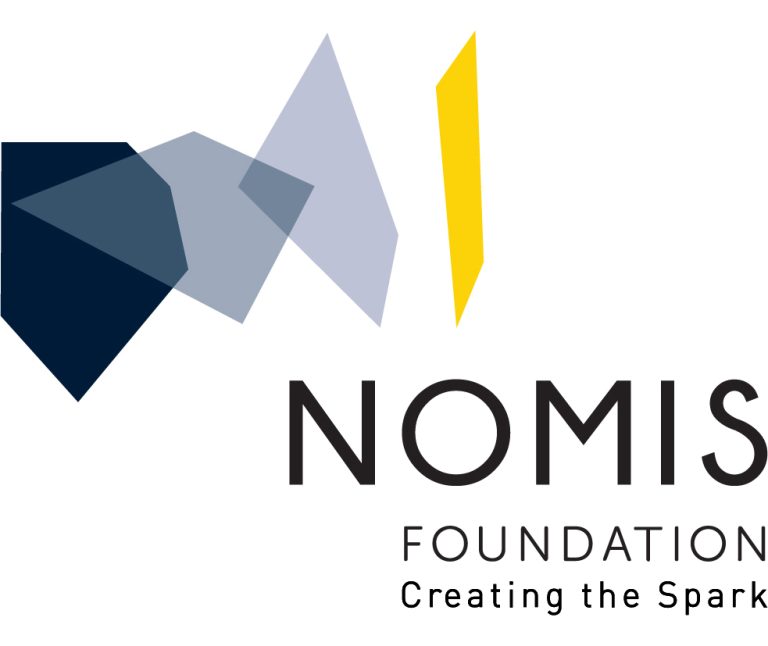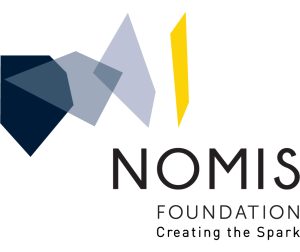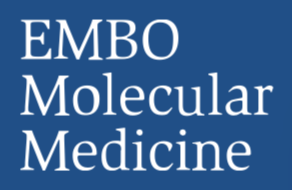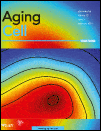Pathogen virulence exists on a continuum. The strategies that drive symptomatic or asymptomatic infections remain largely unknown. We took advantage of the concept of lethal dose 50 (LD50) to ask which component of individual non-genetic variation between hosts defines whether they survive or succumb to infection. Using the enteric pathogen Citrobacter, we found no difference in pathogen burdens between healthy and symptomatic populations. Iron metabolism-related genes were induced in asymptomatic hosts compared to symptomatic or naive mice. Dietary iron conferred complete protection without influencing pathogen burdens, even at 1000× the lethal dose of Citrobacter. Dietary iron induced insulin resistance, increasing glucose levels in the intestine that were necessary and sufficient to suppress pathogen virulence. A short course of dietary iron drove the selection of attenuated Citrobacter strains that can transmit and asymptomatically colonize naive hosts, demonstrating that environmental factors and cooperative metabolic strategies can drive conversion of pathogens toward commensalism. Defense strategies that are cooperative rather than antagonistic can promote asymptomatic infection and select for reduced virulence in a bacterial pathogen.











